Dnes bych chtěl začít sérii příspěvků z mého rodného městečka Strážnice. Strážnice bylo svého času důležité kulturní a i politické centrum Moravy.
První písemné zmínky pochází ze 14 století ale podle archeologických nálezů bylo místo osídleno mnohem dříve. Po roce 1260 zde už určitě stál hrad a bylo to opevněné strážní místo na pomezí Moravy a Uher.
První, co nás při vjezdu do města zaujme, jsou pozůstatky opevnění ze 16 století, tzv Skalická brána.
Opevnění nechal zbudovat ve své době tehdejší zemský hejtman Jan III ze Žerotína.
Today I would like to start a series of posts from my hometown Strážnice. Strážnice was once an important cultural and political centre of Moravia.
The first written records date back to the 14th century, but according to archaeological findings the place was inhabited much earlier. After 1260 there was certainly a castle here and it was a fortified guarding place on the border of Moravia and Hungary.
The first thing that strikes us when entering the town are the remains of fortifications from the 16th century, the Skalická Gate.
The fortification was built in his time by the then provincial governor Jan III of Žerotín.
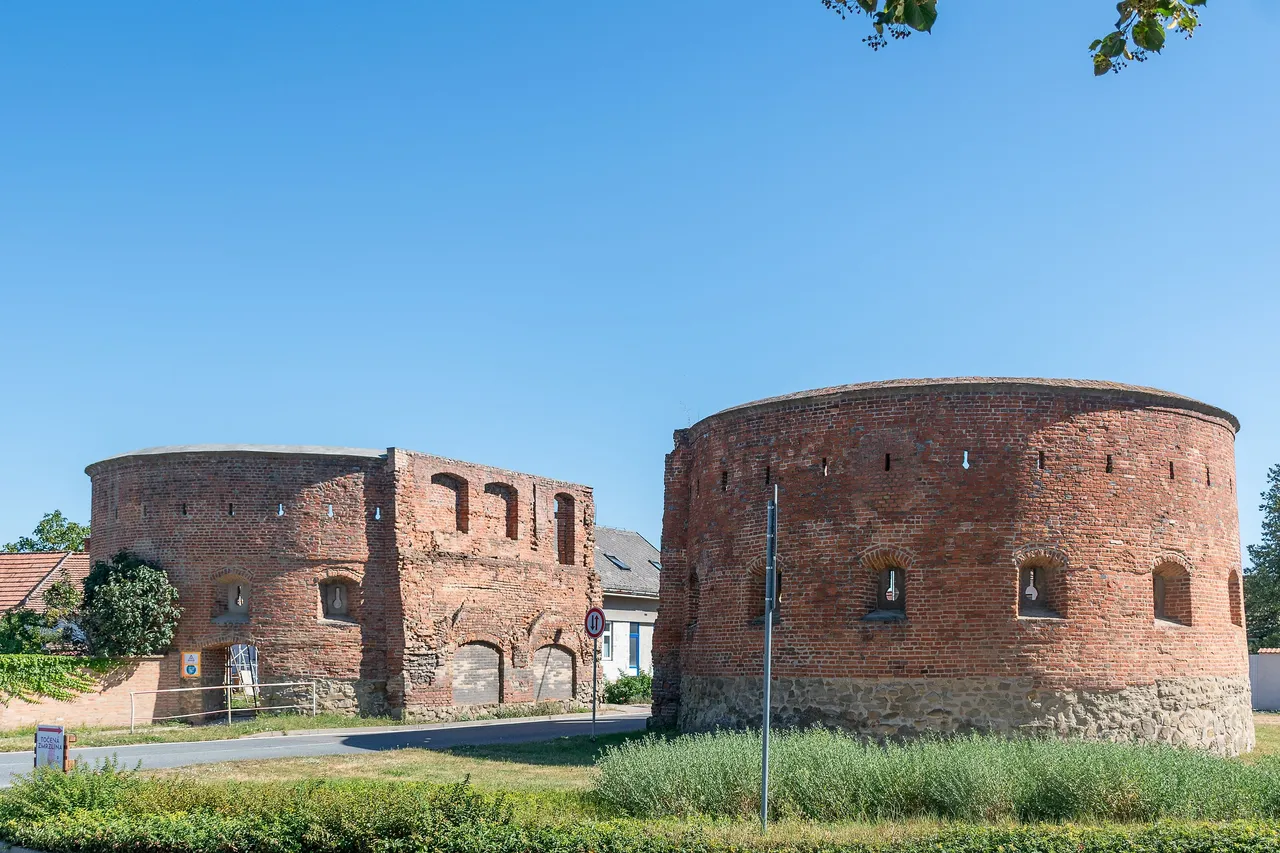
Ještě před branou stojí zajímavost, která je poněkud opomíjena, ale má zajímavou historii.
Je to kamenný kříž z roku 1761. Podle kroniky města byvala před branami Skalickou a Veselskou městská popravčí místa. A tento kříž byl postaven aby před zlými silami a dušemi na onen svět silou dopravených chránil.
Např. zápis z kroniky Strážnice ze dne 6. května 1709 kdy: " Šwamberger Ondřej a Josef Gerber od pluku husarského utekli do Skalice. vydáni však byli k potrestání a za Skalickou branou zprovozeni ze světa dle svých důstojností. Šwamberger jako kaprál osmi kulemi a Gerber jako vojínu jen šest kulí stačit muselo."
In front of the gate there is a curiosity that is somewhat neglected but has an interesting history. It is a stone cross from 1761. According to the town's chronicle, there used to be town execution sites in front of the Skalická and Veselská gates. This cross was erected to protect against evil forces and the souls of those transported by force to the other world.
For example, the entry from the chronicle of Strážnice dated 6 May 1709 when: " Šwamberger Ondřej and Josef Gerber from the Hussar regiment escaped to Skalice. Schwamberger as a corporal with eight bullets and Gerber as a private with only six bullets had to suffice."
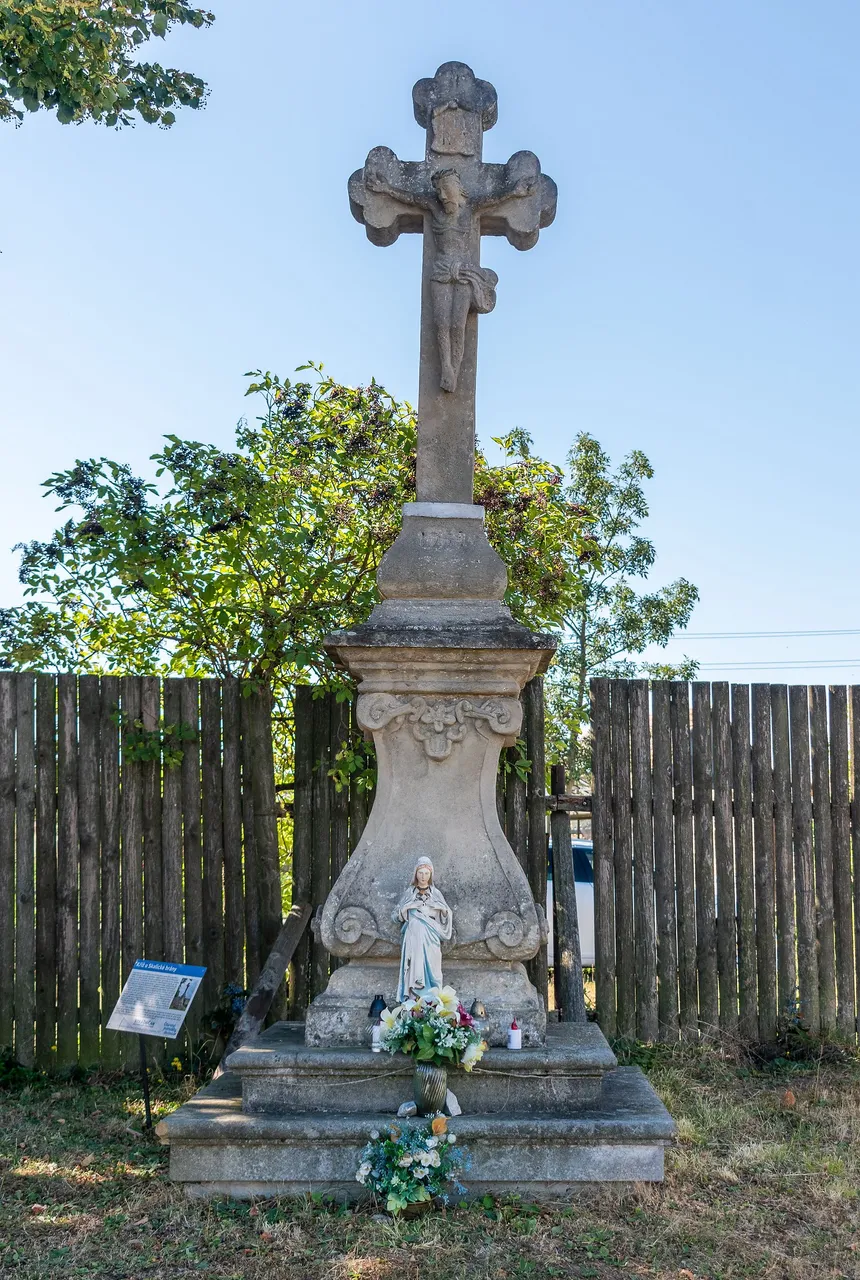
Hned za branou zabočíme doleva a širokou ulicí se dostaneme do části Sraré město. Je to část, která byla historicky osídlena lidmi, co se zabývali hlavně zemědělstvím a chudšími domkáři a drobnými rolníky.
Přesto že působí jako náměstí, tak náměstím není, ulice se jmenu právě Staré město. Uprostřed stojí socha svatého Floriána, patrona hasičů. Tato část byla často postižena požáry, takže to je asi důvod že tu stojí právě tento svatý.
Hned za zahradami domů protéká Baťův kanál.
Just after the gate, turn left and follow the wide street to the Sraré town. It is a part that was historically inhabited by people who were mainly engaged in agriculture and poorer cottagers and small peasants.
Despite the fact that it looks like a square, it is not a square, the street is called Old Town. In the middle stands a statue of St. Florian, the patron saint of firefighters. This part was often affected by fires, so that is probably why this saint is standing here.
The Bata Canal flows just behind the gardens of the houses.
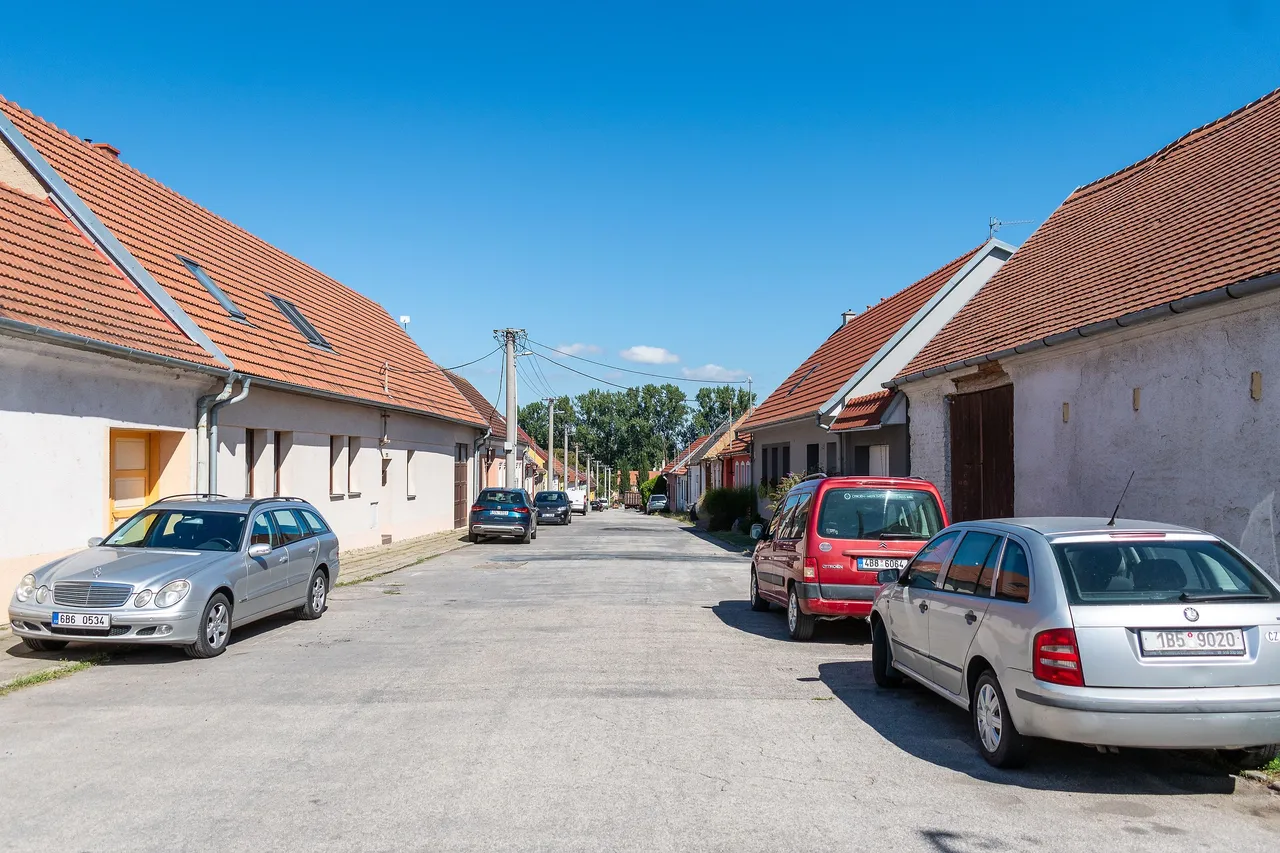
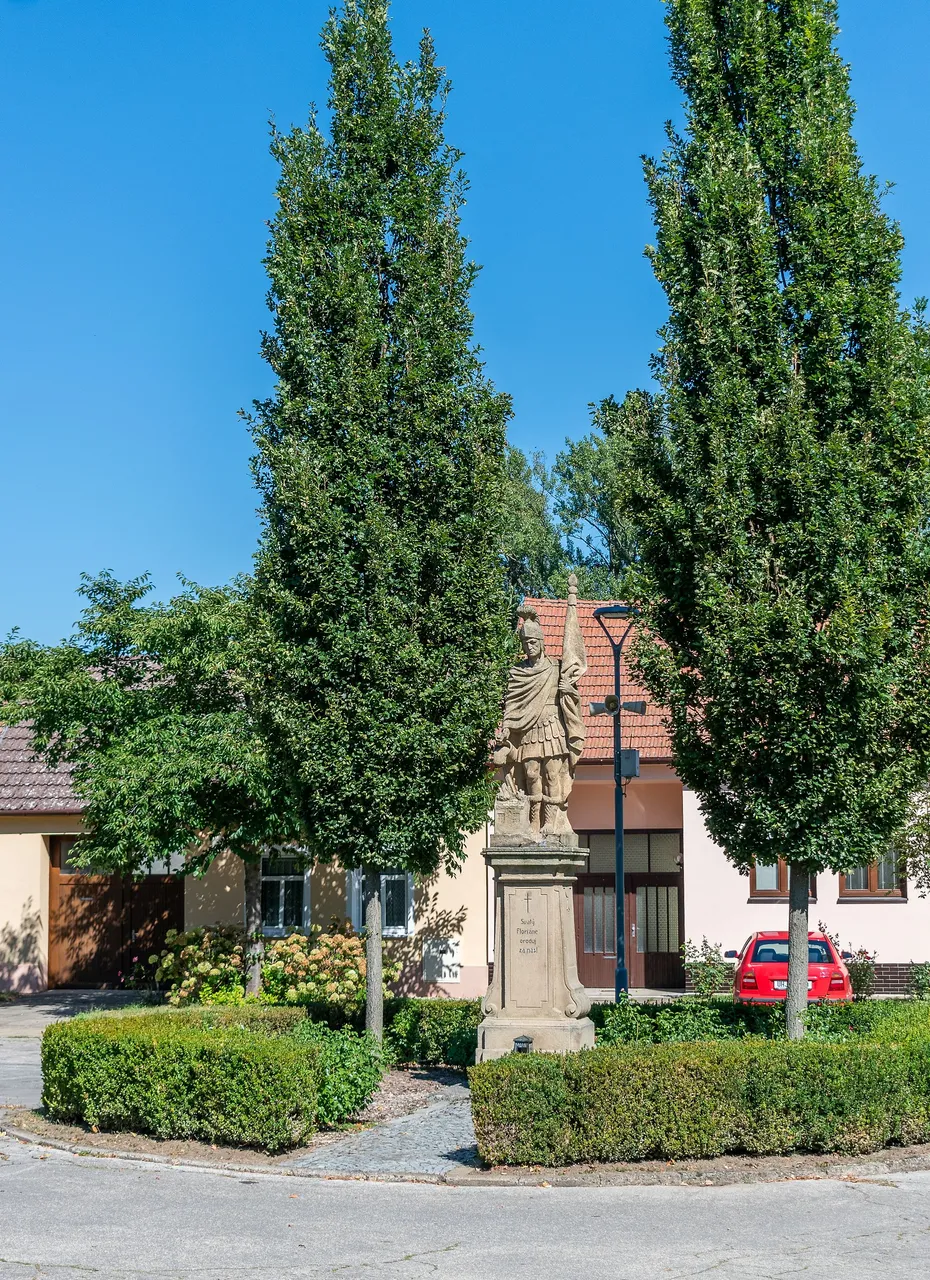
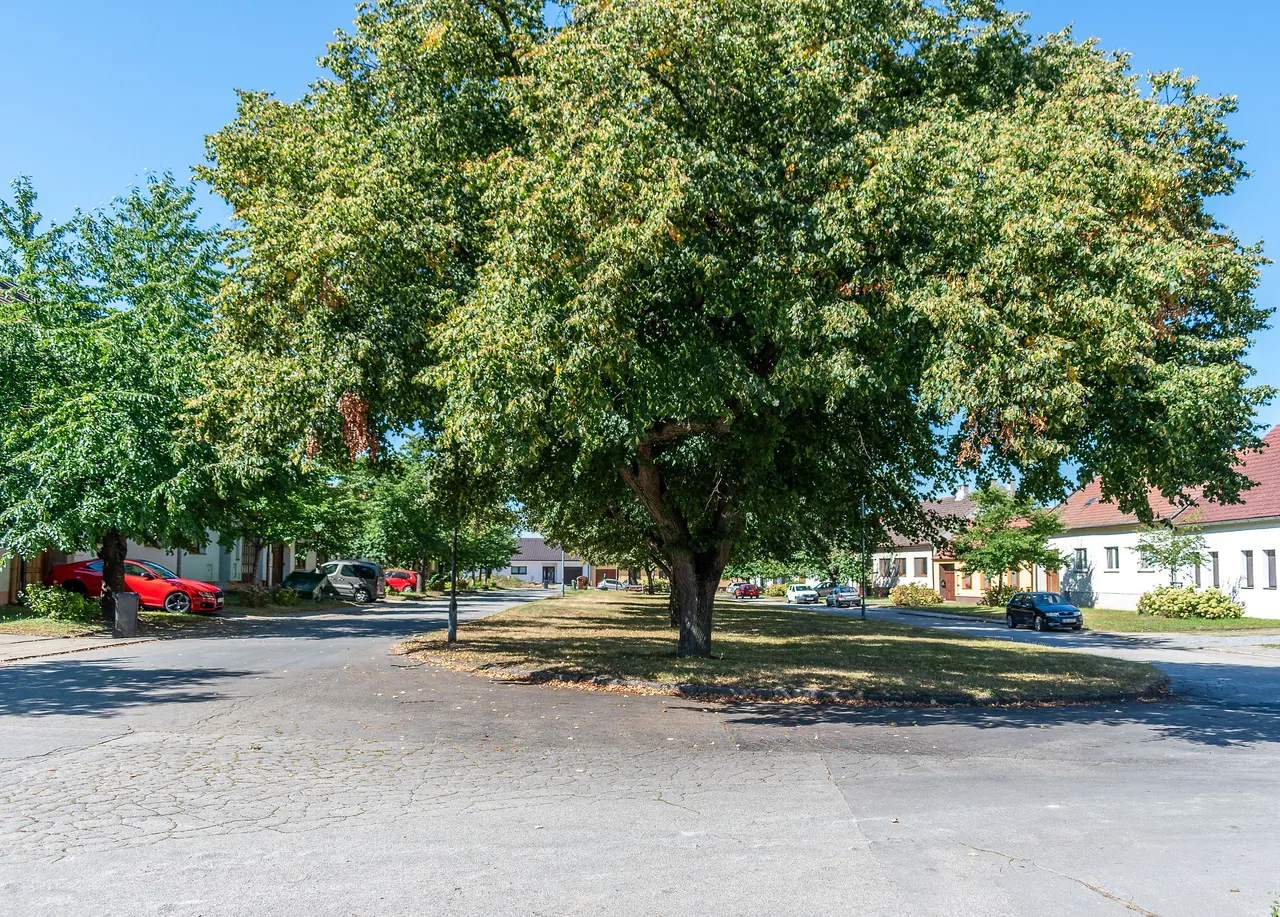
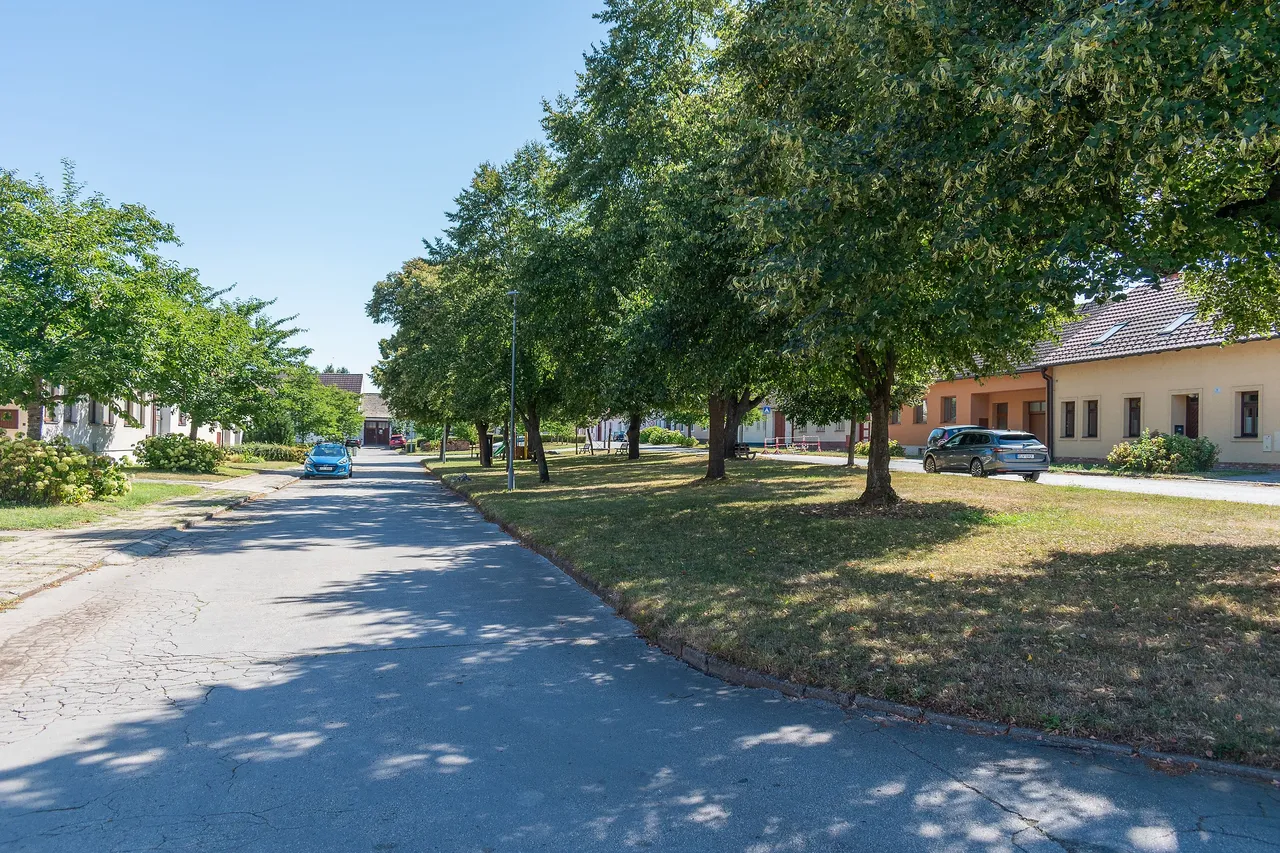
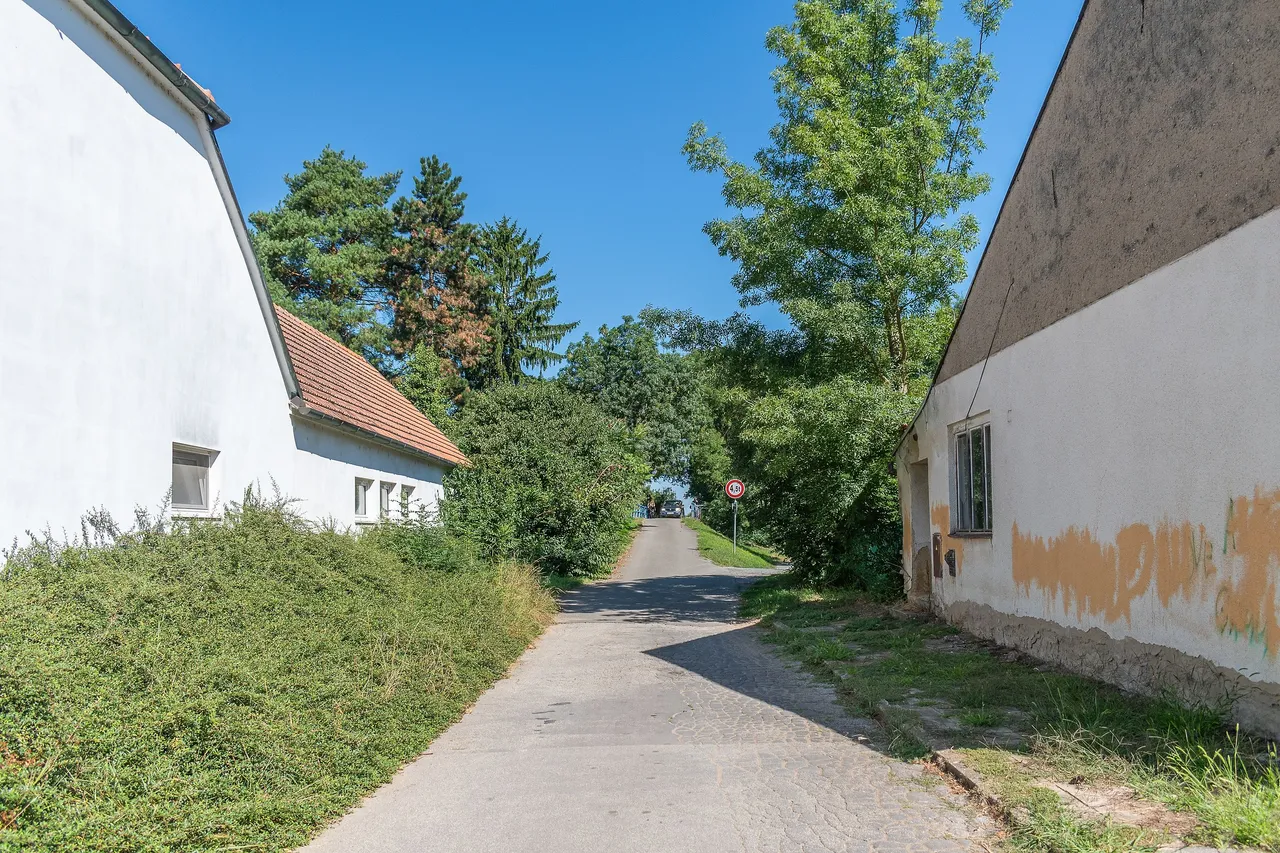
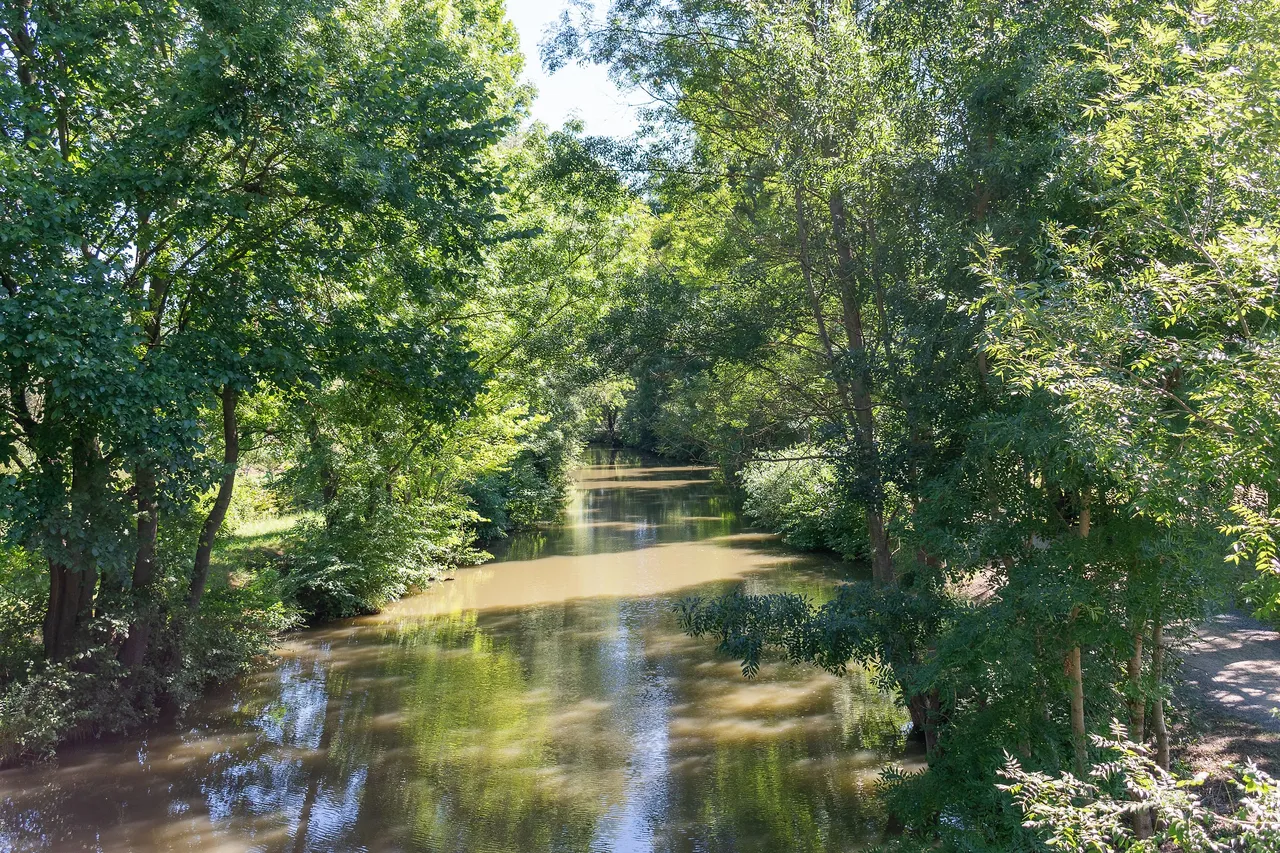
Není moc často využívána, jen v době Vánoc je otevřena a bývá zde vystaven Betlém
We will walk through the Old Town and get to the first major church monument in Strážnice, the Chapel of St. Roch. The original chapel was built in 1681 in thanksgiving for the end of the great plague epidemic. The chapel fell into disrepair several times and was closed down during the reign of Maria Theresa. During the Second World War it was used as a warehouse until 1949, when it was repaired again and restored to its present form.
It is not used very often, only at Christmas time it is open and the Bethlehem is displayed here.
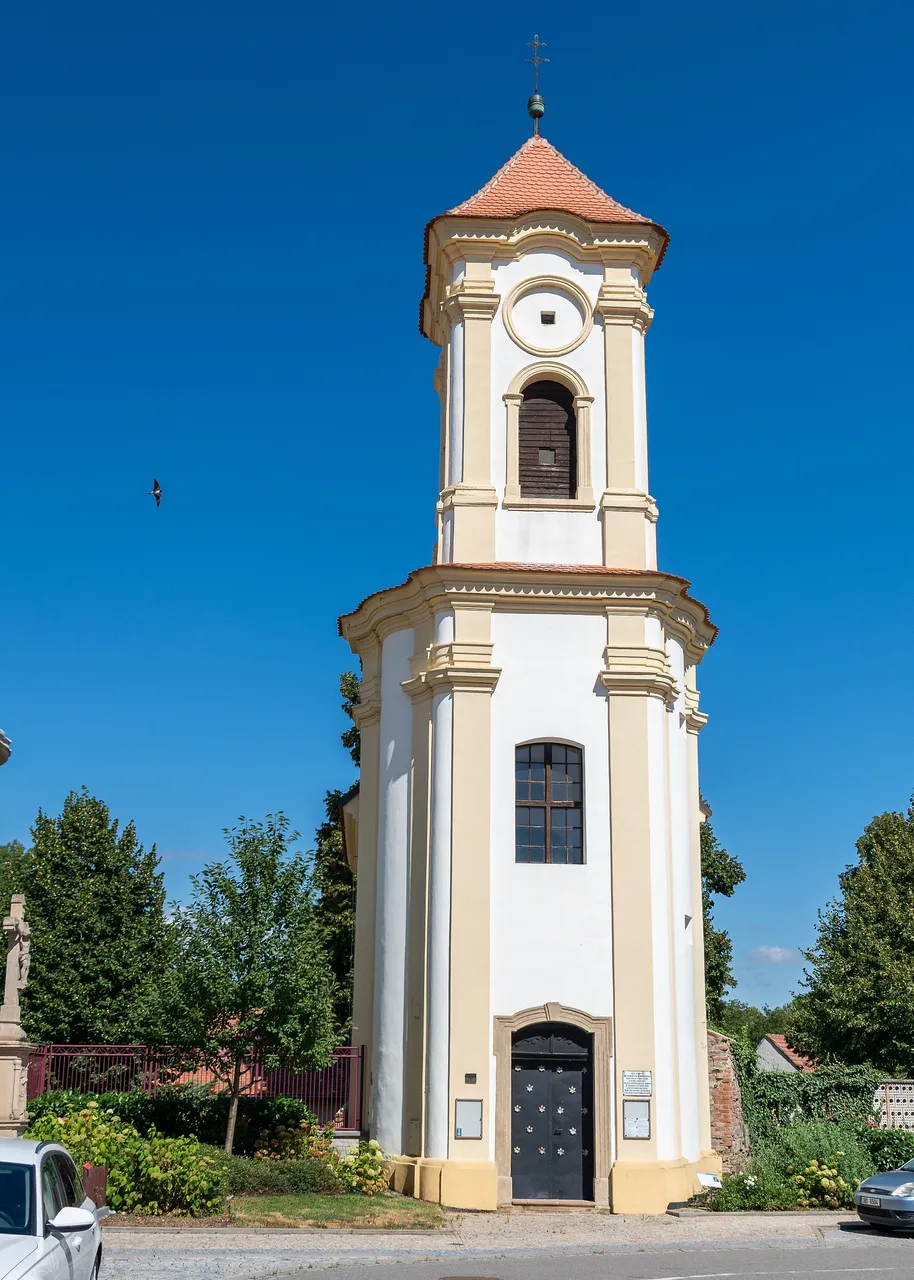
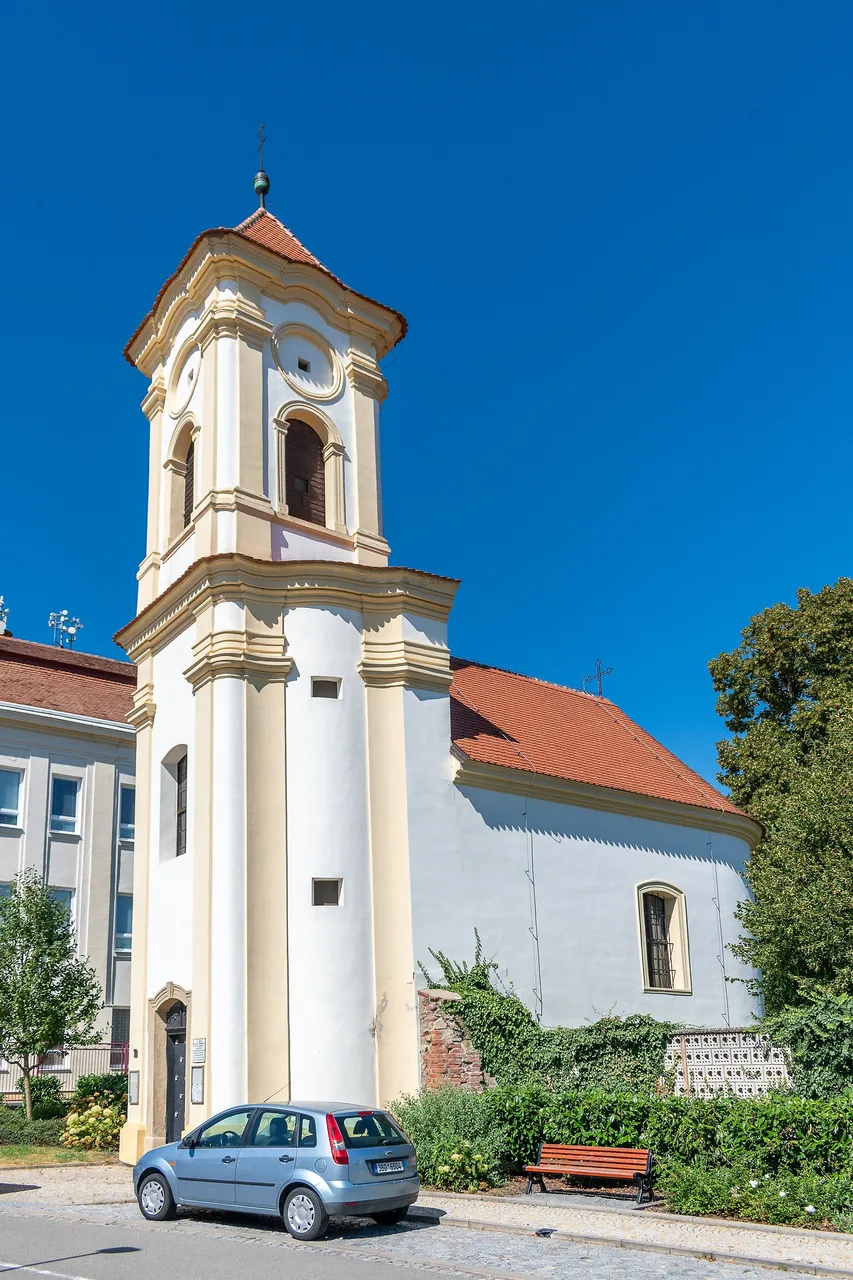
Vedle kaple svatého Rocha stojí i jedna ze dvou základních devítíletých škol
Next to St. Roch's Chapel stands one of the two nine-year elementary schools
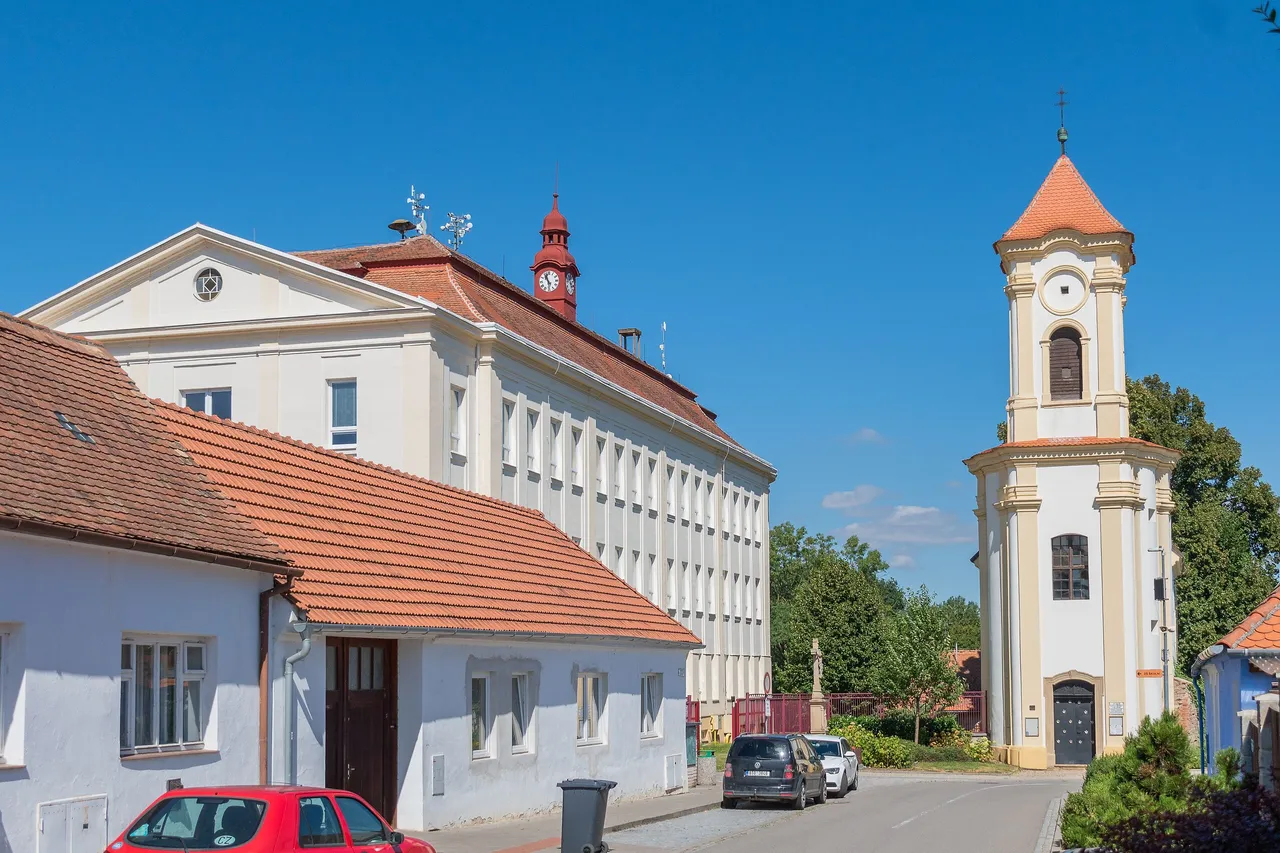
Dostáváme se na konec dnešní prohlídky Strážnice. V příštím příspěvku se vydáme ulicí Komenského, kterou vidíte na fotografii, do centra městečka, ke dvěma místním kostelům a Bílé věži a na místní náměstí náměstí
We come to the end of today's tour of Strážnice. In the next post we'll take the Komenský Street, which you can see in the photo, to the centre of the town, to the two local churches and the White Tower and to the local square
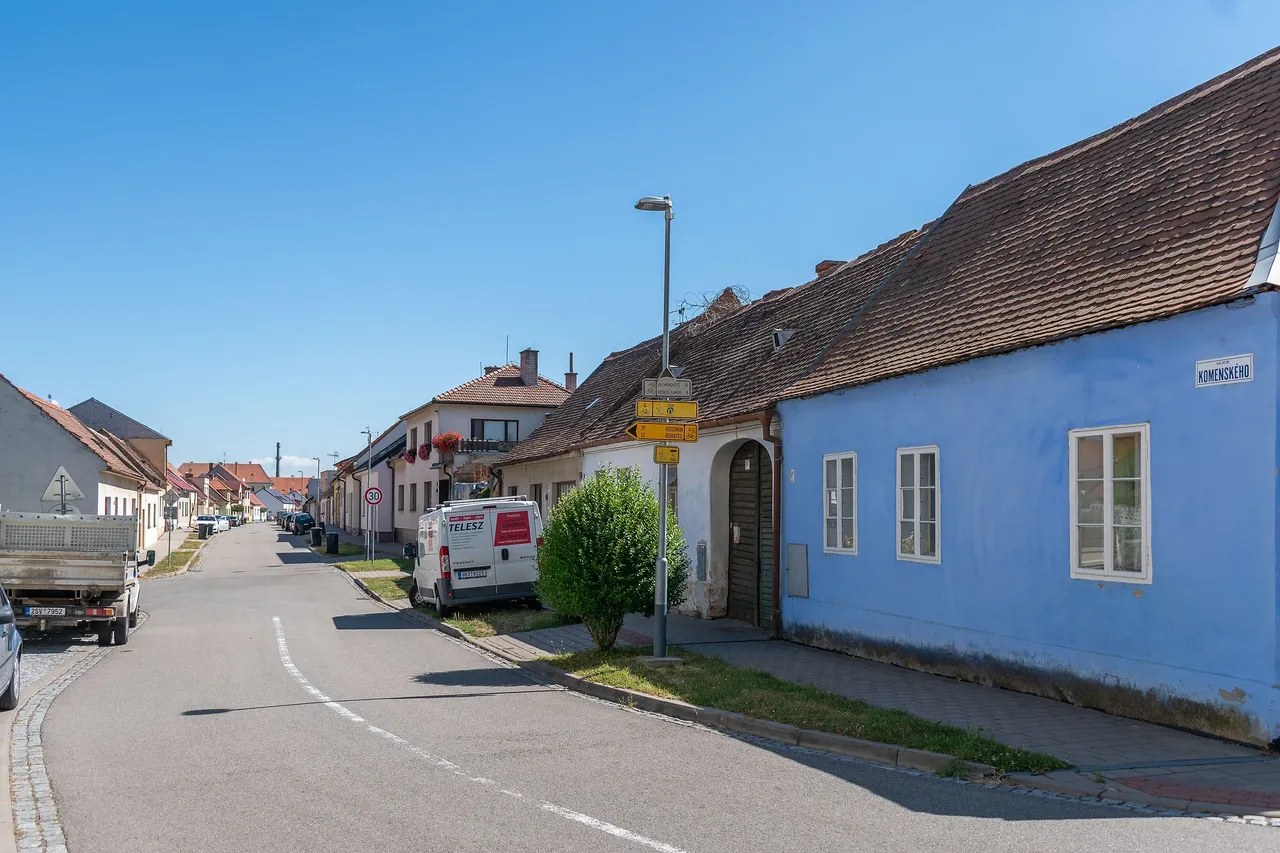
Tímto bych dnešní příspěvek zakončil a můžete se těšit na pokračování této série.
Doufám že se Vám líbí a těším se na Vaše komentáře
Přeloženo pomocí DeepL Translate
That concludes today's post and you can look forward to the continuation of this series. I hope you like it and I look forward to your comments
Translated by DeepL Translate